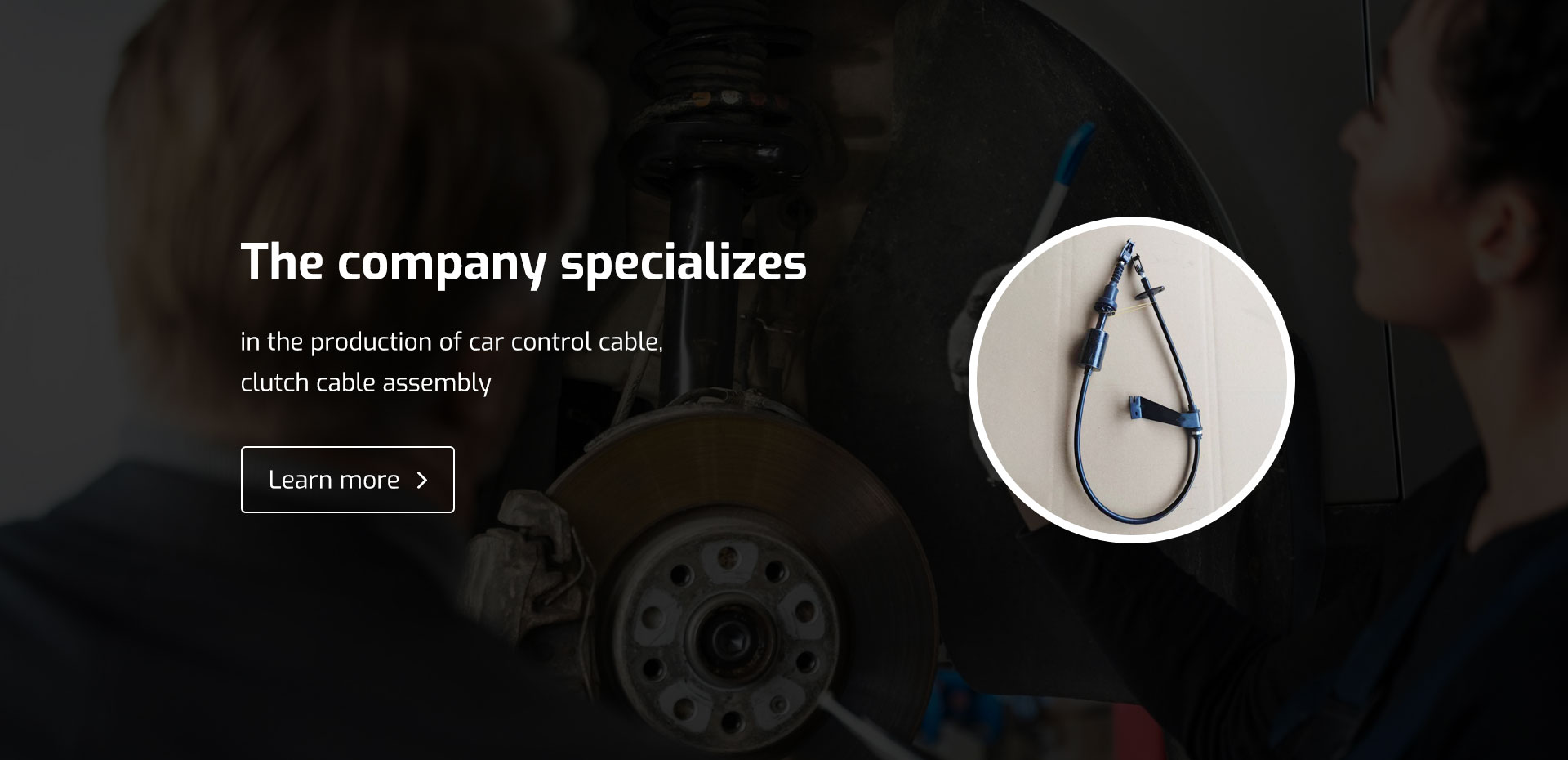Optimizing Gear Cable Performance for Enhanced Biking Experience and Efficiency
Understanding Gear and Cable Systems in Cycling
When it comes to cycling, the efficiency and performance of a bike are determined by numerous components working in harmony. Among these components, the gear system stands out as a crucial element that allows cyclists to navigate varied terrains with ease. The integration of cables in the gear system plays an equally vital role in ensuring smooth and effective shifting. In this article, we will explore the significance of gear and cable systems in cycling and how they contribute to an enhanced riding experience.
The Role of Gears in Cycling
Gears on a bicycle are designed to help cyclists manage their pedaling effort relative to the terrain they are riding on. When pedaling uphill, for example, a lower gear ratio allows the rider to exert less force while maintaining a comfortable cadence. Conversely, a higher gear is optimal for flat or downhill sections, enabling the cyclist to reach greater speeds with each pedal stroke.
Modern bicycles typically feature multi-speed gear systems that allow riders to adjust their gear ratios seamlessly. Most commonly, these systems incorporate a combination of chainrings (front gears) and cogs (rear gears) controlled by derailleurs. The simplicity of shifting between gears can make a significant difference in a rider's efficiency and overall experience, emphasizing the importance of the gear mechanism.
The Function of Cables
The interaction between the rider's input and the actual shifting of gears is facilitated by a system of cables. Bicycle gears operate based on a pull-and-push mechanism, where the movement of the gear shifters on the handlebars sends signals through cables to the derailleurs.
When a cyclist shifts gears, the shifter pulls or releases a cable, which in turn moves the derailleur to position the chain onto the desired chainring or cog. This operation needs to be precise; otherwise, it can result in missed shifts, chain slips, or damage to the bike’s components. Therefore, the quality and condition of the cables are crucial for achieving smooth shifts.
gear cable

Types of Cables
Bicycle cables are crafted from durable materials, typically stainless steel or galvanized steel, to withstand tension and environmental elements. They usually come in two types inner cables and outer cables (housing). The inner cable is what transmits the force when the rider shifts gears, while the outer cable protects the inner cable from dirt, moisture, and wear.
Regular maintenance of cables is essential for optimal performance. Over time, cables can fray or become rusty, which affects their reliability. It's advisable for cyclists to inspect their cable systems regularly and replace them as needed to ensure a smooth ride.
The Evolution of Gear and Cable Systems
Historically, bicycles were limited to a single gear, which made them less versatile. However, advancements in technology have led to the development of sophisticated gear and cable systems. The introduction of indexed shifting in the late 20th century transformed cycling by providing precise and reliable gear changes. This system allows riders to feel distinct ‘clicks’ as they shift, making it easier to find the desired gear without guesswork.
In recent years, the trend has shifted toward electronic shifting systems, which eliminate the need for traditional cables altogether. These systems use motors and sensors to facilitate gear changes, offering even greater precision and less maintenance. However, while electronic systems offer high performance, they can come at a higher cost and require battery management, which means traditional cable-based systems still remain prevalent among many cyclists due to their reliability and ease of maintenance.
Conclusion
In conclusion, the gear and cable systems are integral components of a bicycle that significantly impact a rider’s efficiency and experience. Understanding how they work and maintaining them properly can lead to smoother rides, improved performance, and ultimately, more enjoyable cycling adventures. Whether you're an experienced cyclist or a casual rider, taking the time to appreciate and care for your bike's gear and cable systems will enhance your journey on two wheels and empower you to tackle any terrain with confidence. So, check your gear and cables regularly, and hit the road or trail prepared for whatever ride awaits you!
-
Upgrade Your Vehicle with High-Quality Handbrake CablesNewsNov.01,2024
-
Optimize Your Bike's Performance with Quality CablesNewsNov.01,2024
-
Enhance Your Vehicle's Performance with Quality Clutch ComponentsNewsNov.01,2024
-
Elevate Your Vehicle's Performance with Quality Throttle CablesNewsNov.01,2024
-
Elevate Your Vehicle's Performance with Quality CablesNewsNov.01,2024
-
Affordable Solutions for Your Cable NeedsNewsNov.01,2024
